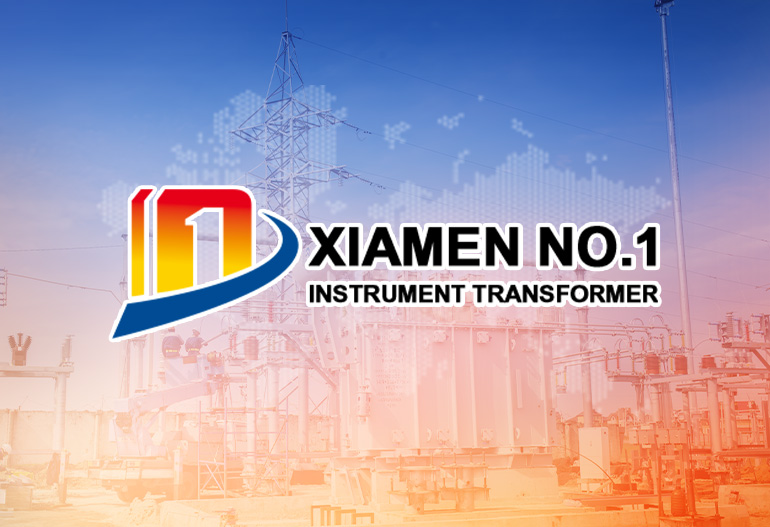
News
Split Core Current Transformers in Commercial Building Energy Audits
1. Introduction
2. Technical Principles of Split Core Current Transformers
2.1 Design and Operational Basics
Hinged Core Construction: Typically made of ferrite or silicon steel for high magnetic permeability.
Secondary Winding: Enclosed within the core, connected to measurement devices (e.g., power analyzers, data loggers).
Low - Profile Design: Minimizes space requirements in congested electrical panels.
2.2 Non - Intrusive Measurement Mechanism
This allows direct measurement of line currents without altering the circuit, a critical advantage for energy audits in operational buildings.
3. Role in Commercial Building Energy Audits
3.1 Energy Consumption Monitoring
HVAC Systems: Measure currents in chillers, pumps, and air handlers to assess efficiency.
Lighting Circuits: Track energy use in LED, fluorescent, or high - intensity discharge (HID) lighting.
Plug Loads: Monitor office equipment, kitchen appliances, and IT infrastructure.
3.2 Identifying Energy Waste and Inefficiencies
Standby Power Losses: Idle equipment consuming unnecessary energy.
Load Imbalances: Uneven distribution of currents across phases.
Power Factor Issues: Reactive power losses indicating inefficient motor operation.
3.3 Data - Driven Retrofit Planning
Sizing variable frequency drives (VFDs) for motors.
Optimizing lighting controls based on actual usage patterns.
Justifying solar or energy storage system installations by analyzing load profiles.
4. Advantages of Split Core CTs in Energy Audits
| Advantage | Description |
|---|---|
| Non - Intrusive Installation | No need to disconnect conductors, reducing installation time by 80% compared to solid - core CTs. |
| Flexibility | Suitable for conductors of varying diameters (e.g., 10 mm to 150 mm), adaptable to diverse electrical setups. |
| Cost - Efficiency | Eliminates labor costs for circuit shutdown and rewiring, ideal for retrofitting existing buildings. |
| Temporary Deployment | Easily removed after audit completion, making them cost - effective for short - term monitoring. |
| Safety | Reduces risks of electrical shock during installation, as work is performed on the exterior of live conductors. |
5. Implementation Steps in Energy Audits
5.1 Pre - Audit Planning
Load Classification: Categorize circuits (e.g., lighting, HVAC, plug loads) to prioritize monitoring points.
CT Selection: Choose split core CTs with appropriate current ratings (e.g., 50A, 200A, 1000A) and accuracy classes (e.g., 0.5S for energy 计量).
5.2 Installation and Data Collection
Core Alignment: Clamp the split core around the conductor, ensuring a tight seal to minimize magnetic leakage.
Wiring: Connect secondary leads to a data logger or power analyzer, following polarity markings to avoid phase errors.
Calibration: Verify CT accuracy against known reference values before data collection.
Monitoring Duration: Collect data for 1 - 4 weeks to capture daily, weekly, and seasonal load variations.
5.3 Data Analysis and Reporting
Load Profile Development: Use software to visualize hourly/weekly energy consumption trends.
Energy Loss Calculation: Quantify losses due to inefficient equipment or poor power factor.
ROI Analysis: Estimate payback periods for recommended upgrades based on CT - measured savings.
6. Case Study: Split Core CTs in a Retail Mall Audit
24 HVAC air handling units (AHUs)
1500 LED lighting fixtures across 3 floors
40 escalator and elevator motors
CT data revealed that 30% of AHUs operated at <50% load during off - peak hours, indicating potential VFD retrofits.
Lighting circuits showed 15% over - lighting in unoccupied zones during nighttime.
Motor loads exhibited a power factor of 0.78, warranting capacitor bank installations.
7. Challenges and Mitigation Strategies
| Challenge | Mitigation |
|---|---|
| Magnetic Leakage | Ensure tight core closure; use anti - vibration clamps in high - traffic areas. |
| Accuracy Drift | Regularly calibrate CTs (annually) and verify against reference standards. |
| Environmental Factors | Select CTs with temperature ratings suitable for panel environments (e.g., -20°C to +60°C). |
8. Conclusion

XUJIA
I graduated from the University of Electronic Science and Technology, majoring in electric power engineering, proficient in high-voltage and low-voltage power transmission and transformation, smart grid and new energy grid-connected technology applications. With twenty years of experience in the electric power industry, I have rich experience in electric power design and construction inspection, and welcome technical discussions.

